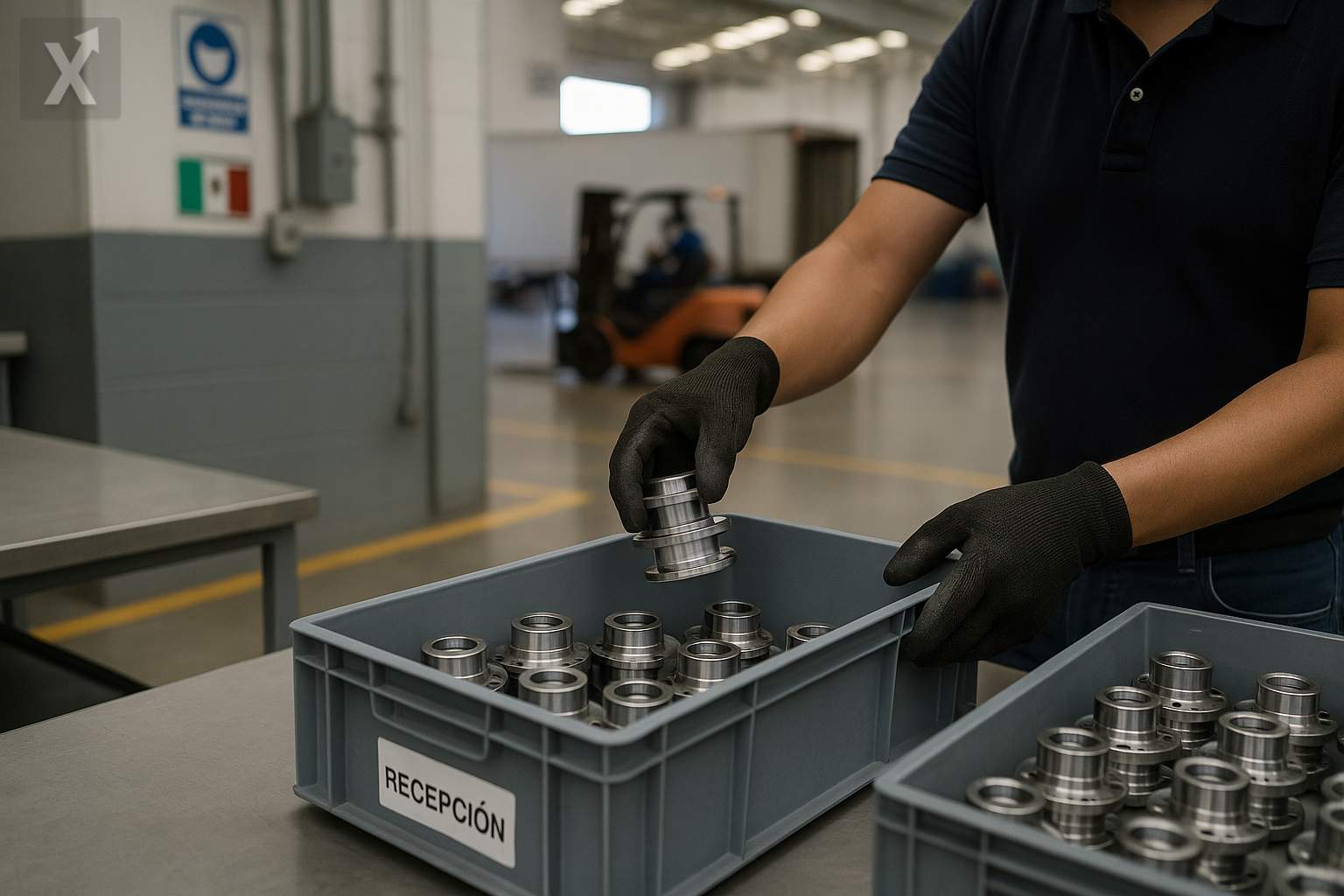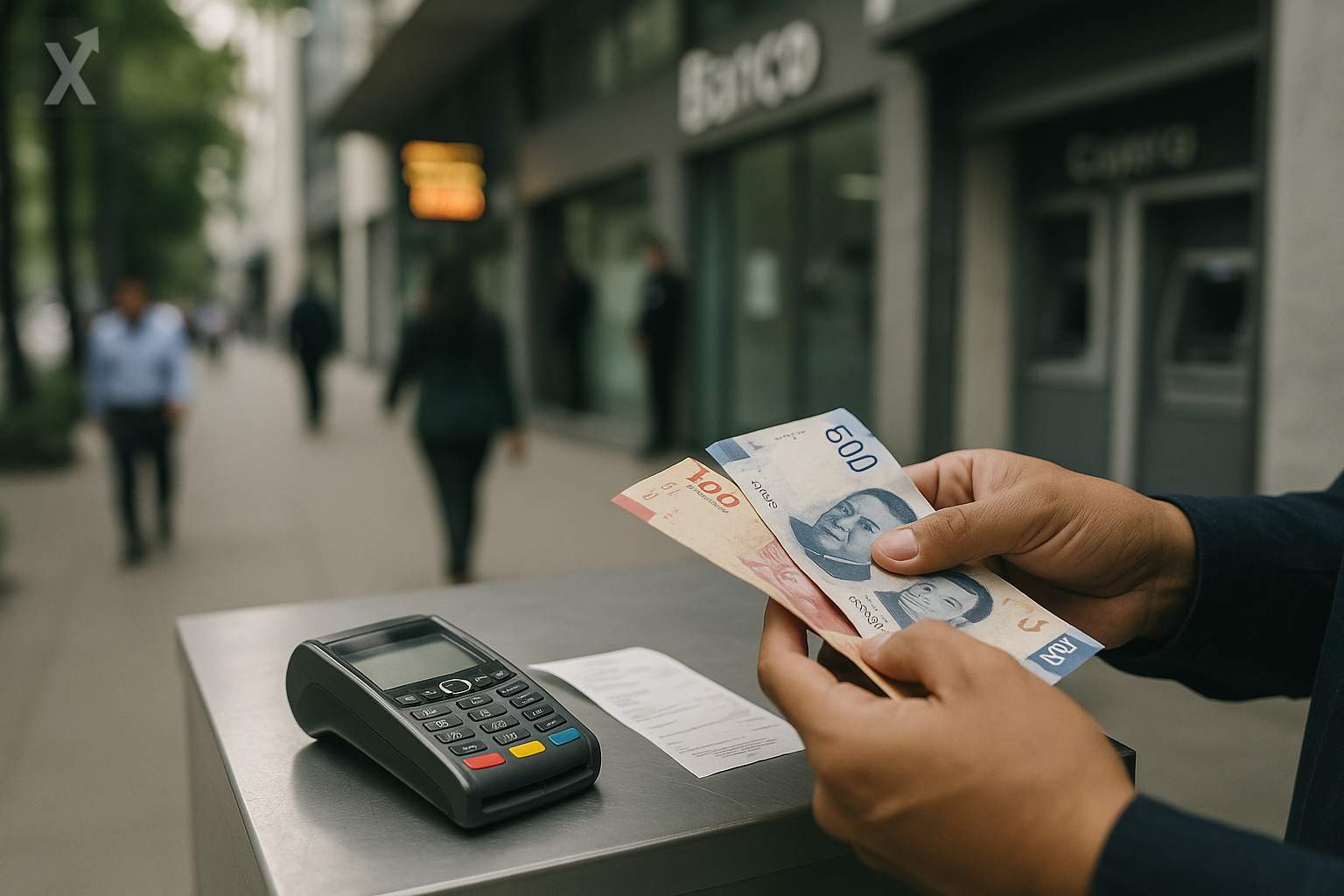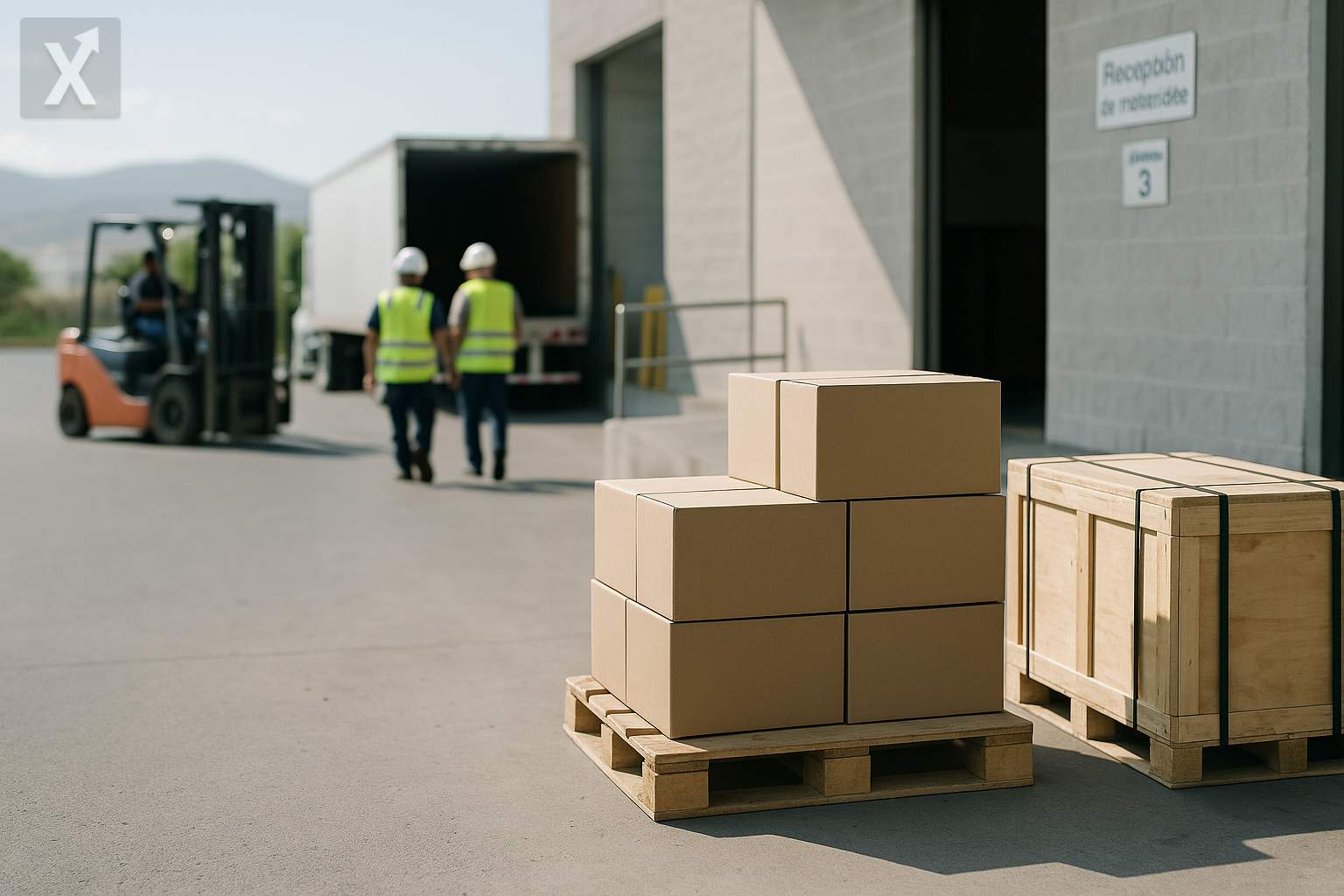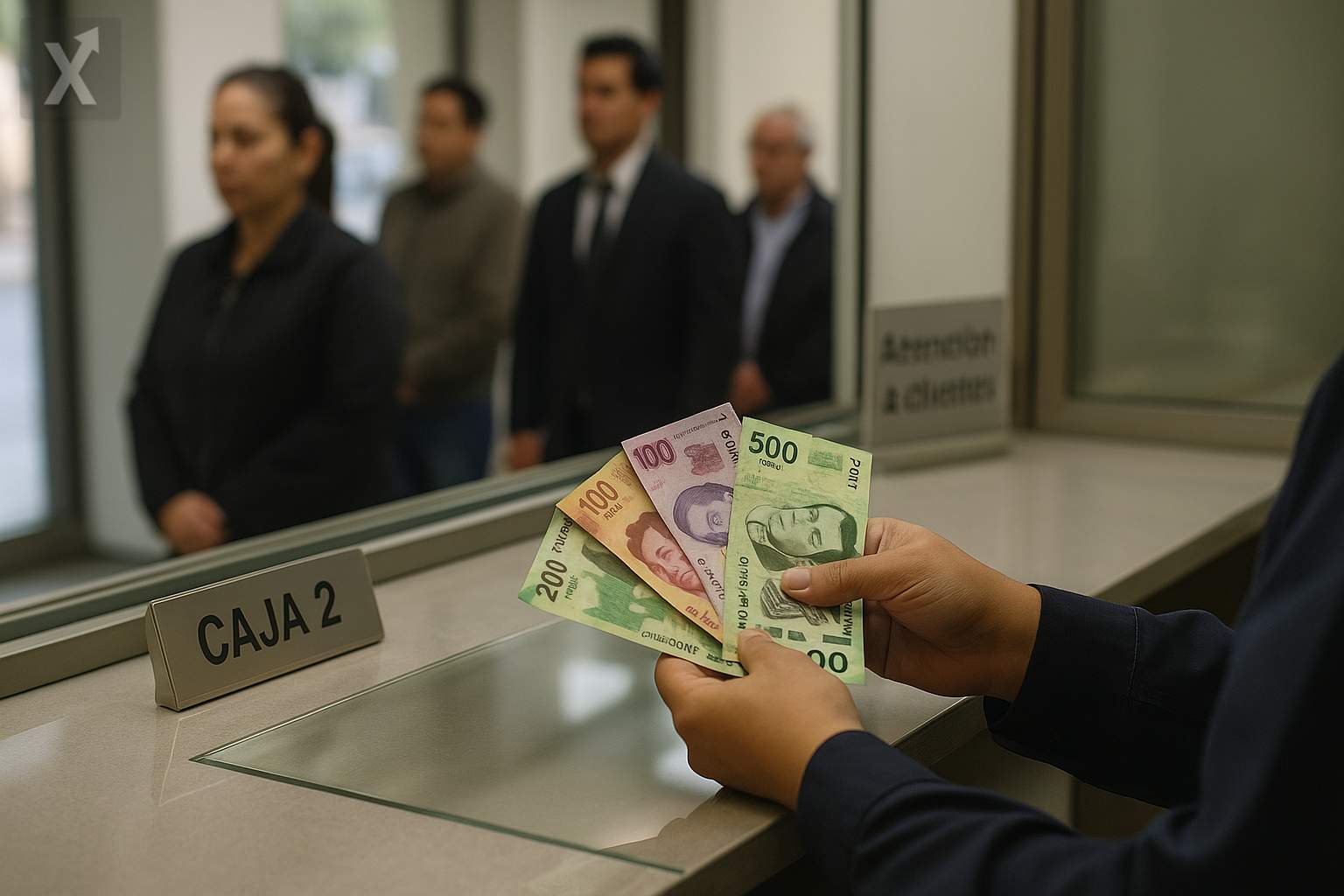France Accelerates Its Bet on Mexico to Restructure Supply Chains and Reduce Dependence on Asia

The recent visit by President Emmanuel Macron solidified a message that French business leaders had already been processing: in a context of geopolitical tensions, higher logistics costs, and new trade barriers, Mexico is emerging as a platform for reconfiguring supply chains through productive investment—not just expanded trade. The regulatory stability offered by the USMCA and Mexico’s proximity to the United States position the country as an anchor for replacing inputs sourced from Asia and strengthening industrial resilience for North America and Europe.
According to French business leaders, the ongoing global realignment —marked by additional US tariffs on Chinese products, higher energy costs, and stricter traceability requirements— has made relocating processes necessary. In this scenario, Mexico is not competing with China on price, but on certainty, proximity to the US market, and regulatory compatibility. The strategy is to set up plants, engineering operations, and after-sales services in Mexico to minimize risks, reduce delivery times, and guarantee the environmental and labor standards now demanded by international buyers.
The French footprint in Mexico has grown in high value-added sectors. Business and investment registries show the presence of nearly 700 French companies and accumulated investment totaling over $13 billion, with operations in aerospace, automotive, energy, infrastructure, and pharmaceuticals. Alstom is involved in strategic rail projects; Safran and Forvia continue to expand operations in the Bajío region; and engineering firms like Fives are working alongside Mexican cement and building materials companies on decarbonization and circular economy technologies. In agribusiness and pharma, the potential for integrating domestic suppliers is also gaining ground.
Mexico’s macroeconomic cycle has laid a stable foundation for this strategy. The Bank of Mexico’s tight monetary policy helped contain inflation after the post-pandemic shock and contributed to a relatively stable exchange rate in 2023-2024. At the same time, the country recorded strong flows of foreign direct investment and sustained growth in manufactured exports to the US. While minimum wages have seen significant increases in recent years—pushing some costs higher—productivity, industrial scale, and shorter shipping times keep Mexico’s comparative advantage over Europe and Asia across multiple links of the supply chain.
Progress, however, depends on resolving bottlenecks. The availability of energy—especially clean energy—the expansion of the transmission grid, water management in northern and Bajío industrial hubs, and logistical security are all necessary for nearshoring to succeed. High occupancy rates in industrial parks along the northern border and in Monterrey mean there’s a need to speed up new developments and diversify investment hubs toward central and southeastern regions, supported by transport and customs infrastructure that can scale operations without raising costs.
The regulatory landscape will also be decisive. The 2026 USMCA review will scrutinize labor disciplines, rules of origin in the automotive sector, and dispute resolution mechanisms. Meanwhile, Europe is advancing with climate policy tools such as the Carbon Border Adjustment Mechanism (CBAM), which will require reduced and verifiable emission intensity in inputs and processes. In this area, alignment between President Claudia Sheinbaum’s industrial plan—emphasizing decarbonization, electromobility, and the circular economy—and French technological expertise in energy efficiency and recycling could accelerate the integration of Mexican suppliers into European chains.
The sectoral focus is clear: aerospace in Querétaro and the Bajío, automotive and auto parts in the north and center, along with agrifood and pharmaceuticals. The immediate challenge is to “push down” opportunities to Tier 2 and Tier 3 levels, with supplier development programs, quality certifications, and working capital financing. Cataloging local capabilities, organizing business missions, and conducting joint technical trials will facilitate long-term contracts and technology transfer—a key step for Mexico to replace Asian inputs without compromising standards or timeliness.
Looking ahead, the Mexico–United States–Canada manufacturing corridor will continue to attract projects if legal certainty, sufficient energy, and a proactive trade facilitation agenda at border crossings, ports, and railways are in place. The southeast—with logistics corridors currently being developed—offers room for expansion, but needs infrastructure and a skilled workforce. For France, securing reliable suppliers in Mexico helps offset Asian exposure; for Mexico, French capital brings higher-paying jobs, technology transfer, and a bridge to markets with stricter climate regulations.
In summary, the opportunity is clear: nearshoring is taking hold, and France sees Mexico as a partner for rebuilding critical supply chains. The outcome will depend on both countries’ ability to turn memoranda into productive investment, accelerate the energy transition, and strengthen infrastructure. If these factors align, the substitution of Asian inputs could translate into greater local value added and more resilient exports.





